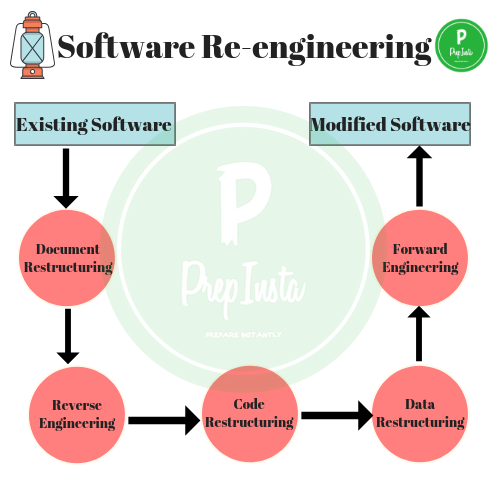Conclusion
The software engineering field evolves to subsequent generation software
reengineering. The software reengineering is predicated on the concept of reduced cost.
Without changing the functionality of the legacy system helps the people to feel the
software with new trend and technology. Reengineering concepts like reverse
engineering, forward engineering are described. Reengineering Process are often
transformed in to a replacement arena, refractor a present of reengineering, redesign and recode also reduce the event time and also the value . The merits and demerits are
always applicable to the any field. it's not exception to software reengineering too. But concluding the advantages shadow over the problems by a large margin. Thus in this ever changing world, the software needs to be enginnered again and again to fit the preset world we live in.
reengineering. The software reengineering is predicated on the concept of reduced cost.
Without changing the functionality of the legacy system helps the people to feel the
software with new trend and technology. Reengineering concepts like reverse
engineering, forward engineering are described. Reengineering Process are often
transformed in to a replacement arena, refractor a present of reengineering, redesign and recode also reduce the event time and also the value . The merits and demerits are
always applicable to the any field. it's not exception to software reengineering too. But concluding the advantages shadow over the problems by a large margin. Thus in this ever changing world, the software needs to be enginnered again and again to fit the preset world we live in.
Authors
Tanay Soni
Fagun Shadi
Tanish Kogta
Tejas Shantaram




